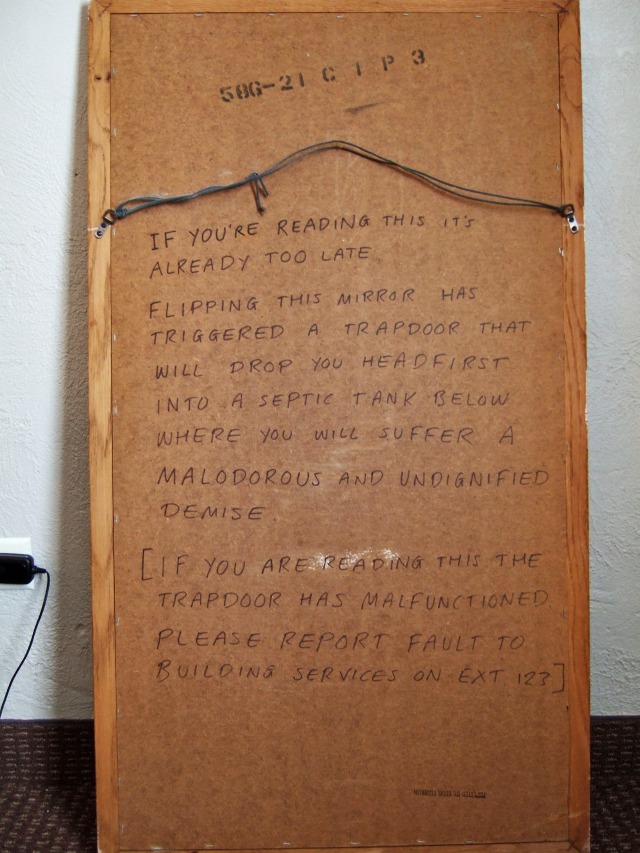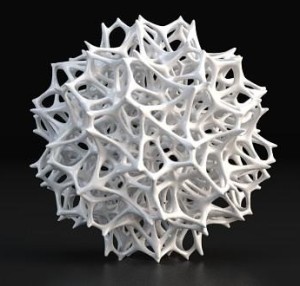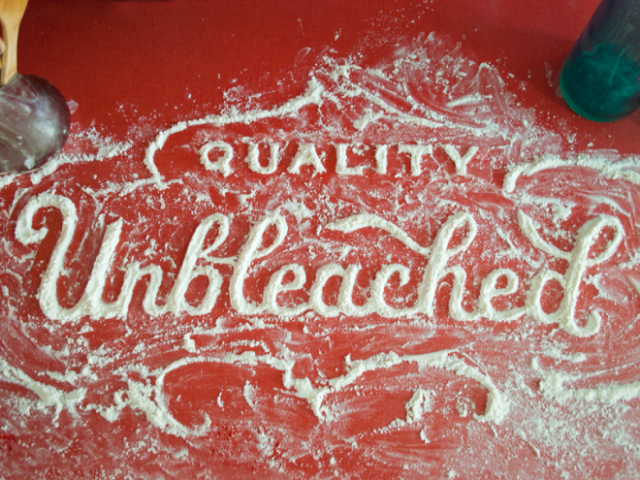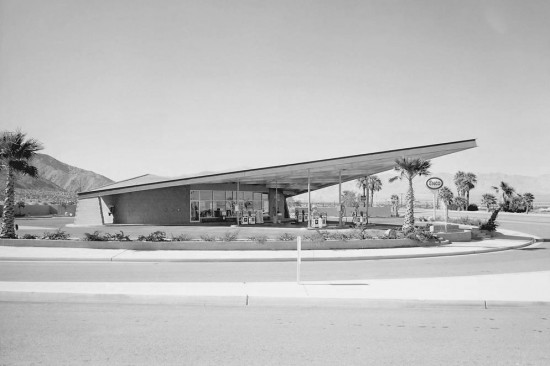
LEGO artist Mike Doyle brought together some of the great Lego artists of the day in his new book Beautiful LEGO. I’ve visited more than a couple science museums with a Lego section and am frequently awed by what people can create with little plastic bricks. I was at the Mark Twain house a few months back where there is a life size Lego Mark Twain in his famous white suit.
I wasn’t drawn to this just because of the Lego art, but because of this particular piece. My office is near Edgerton Alley, where Doc Edgerton, who applied an older photographic technique to capture the image below, studied and worked through many years at MIT.

An electrical engineer, prolific inventor, and Professor Emeritus at the Massachusetts Institute of Technology, Edgerton used photography to extend the capabilities of the human eye to microsecond vision, revealing aspects of reality never before seen or even imagined. His impact on photographic technology and influence on photographers can still be seen in the contemporary sphere of photography.
In 1931, as a graduate student at MIT, Edgerton combined the camera with the stroboscope, a device invented in 1831 for studying objects in motion. Edgerton’s device, which formed the basis for the development of the modern electric flash, emitted a series of high-speed bursts of light from electrically controlled neon tubes that could record on film a series of stopped-action sequential images. These extremely short flashes of light overcame the mechanical restrictions of the camera shutter, illuminating events or portions of events as brief as one three-millionth of a second in duration. This invention, states Edgerton, allowed “time itself to be chopped up into small bits and frozen so that it suits our needs and wished.”
“Don’t make me out to be an artist,” stated Edgerton. “I am an engineer. I am after the facts. Only the facts.”
 While Edgerton did not see himself as an artist, he did create techniques that have since been applied by many people who are artists first and foremost and he did create iconic images that inspire other artists. See more of Doc’s work on the Edgerton Digital Collections site.
While Edgerton did not see himself as an artist, he did create techniques that have since been applied by many people who are artists first and foremost and he did create iconic images that inspire other artists. See more of Doc’s work on the Edgerton Digital Collections site.
 Photographer and mother Rebecca Leimbach wanted her daughter to have a constant companion. Having more children wasn’t an option, but her little girl found someone even truer (because let’s face it, people are usually more fickle than dogs), her bulldog Lola.
Photographer and mother Rebecca Leimbach wanted her daughter to have a constant companion. Having more children wasn’t an option, but her little girl found someone even truer (because let’s face it, people are usually more fickle than dogs), her bulldog Lola.


























